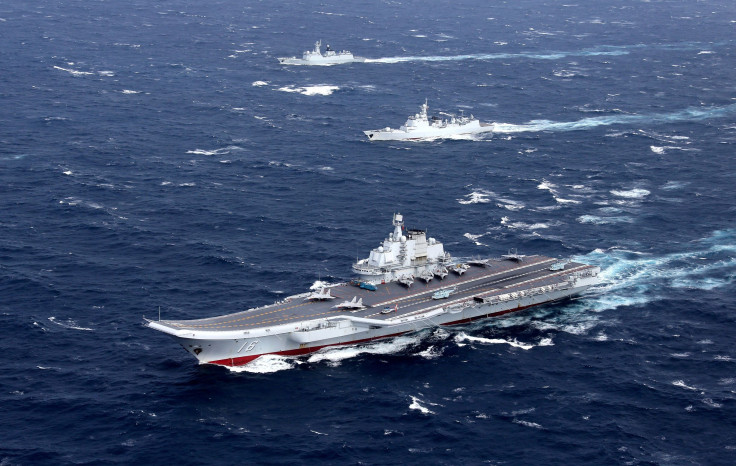South China Sea dispute rages as China reportedly constructs man-made islands

The South China Sea dispute is making headlines again as a new report from the United States suggests China is nearing the completion of constructing three man-made islands. With the help of these bases, the country will be able to deploy combat aircraft and other military assets more quickly in the region.
The findings in the report, released by Centre for Strategic and International Studies (CSIS), came from an analysis of recent satellite pictures. The report found that construction runways, aircraft hangers, radar sites and hardened surface-to-air missile shelters have either been completed or are almost complete.
“Beijing intends to turn these artificial outposts into military footholds that will provide it with power projection capability right across the South China Sea,” Ashley Townshend, a research fellow at the United States Studies Centre at the University of Sydney, said, speaking with News Corp.
The development comes in the wake of Chinese Premier Li Keqiang’s five-day visit to Australia, with both countries dismissing the “America First” protectionism. During his visit, Li warned Australia against “taking sides.” To this, Prime Minister Malcolm Turnbull said the issue of having to choose with China and the United States “is not correct.”
However, Turnbull’s concern was not shared by some experts. “The problem Australia faces is the growing tensions from China’s desire for influence and that is going to mean Australia may have to choose between its two allies,” Nick Bisley, a professor of international relations at Melbourne’s La Trobe University, said.
The islands that China has reportedly almost constructed – Subi, Mischief and Fiery Cross reefs — form the Spratly chain. It has been claimed by China, the Philippines, Vietnam, Malaysia, Taiwan and Brunei.
While China has said it is not militarising the waters of China Sea, with Li acknowledging that the presence of defence equipment in the region is for “freedom of navigation,” the construction of the islands has been met with immense criticism – something that suggests China “dominates the region,” according to Dr. Peter Layton, who taught national security strategy at the US National Defence University.
"For a domestic audience, the messages might be that China’s new assertiveness is helping restore national self-respect, that military power is important, and that the Communist Party is delivering high-quality outcomes," Layton said.
However, China has said the construction of the islands is for civilian purposes. They will particularly provide safety to ships carrying almost $5 trillion worth of goods a year through the route.





















